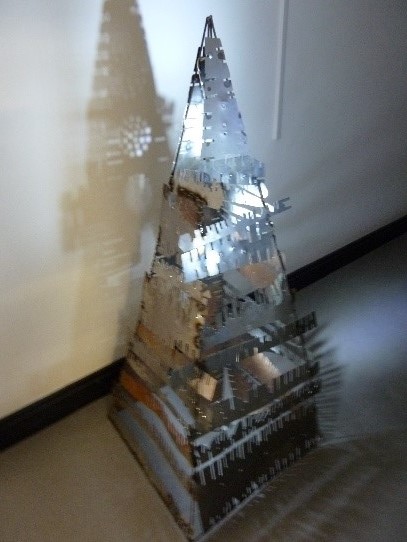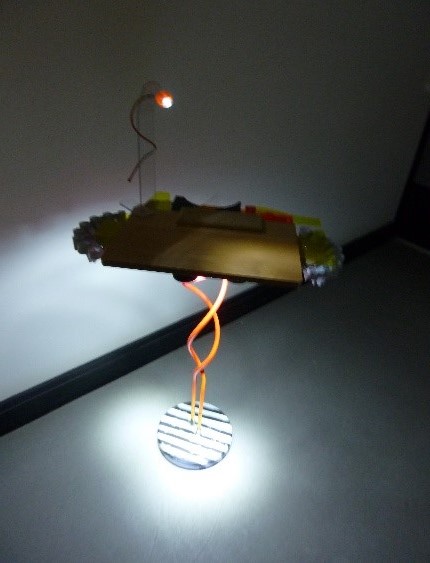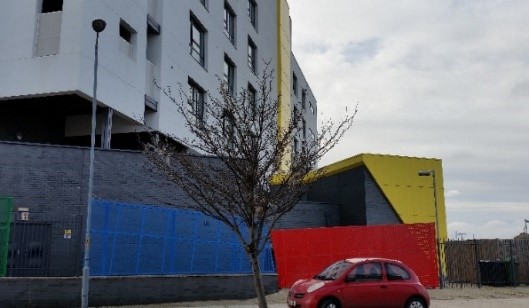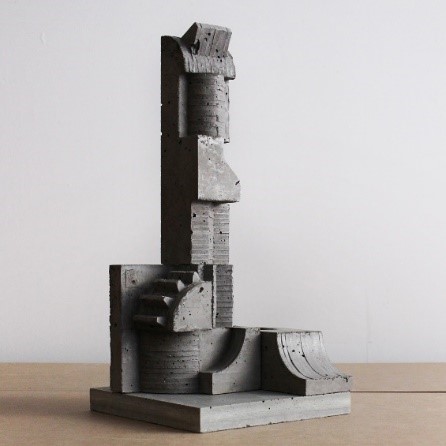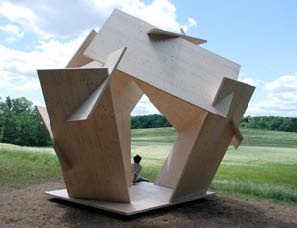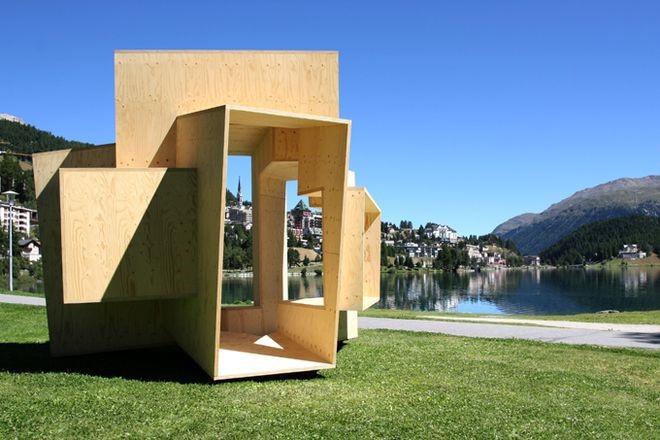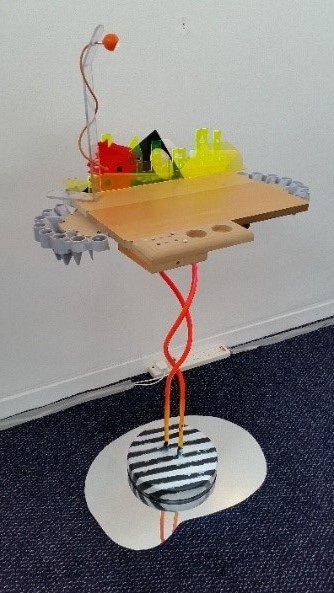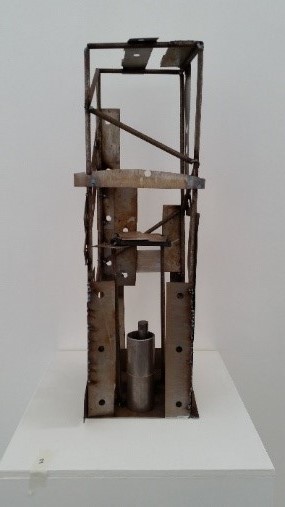1000 Word Dissertation proposal
Kieran Woodhouse
P4085770
Module Name: Engaging with Art: Reading, Thinking & Writing in Year Two
Module Code: FAE2013-N
Module Tutor: Jared Pappas-Kelley
Deadline: Wednesday 13th April 2016

‘Shadows of the Past’ 2016 Photo of my metal pyramid shadow artwork
For my 5,000 word dissertation next year, I will take the sculpture skills I developed this year and apply them to new themes (Shadows, pop art and themes of rural/urban, old/new and plant/building contrasts), materials and practices. Discussing how these themes and contemporary artists relate to my work. I will be doing new things to add to my shadow art works from this year, namely ‘Shadows of the Past’ 2016 and ‘Future Enlightenment’ 2016. [Front cover and Pg. 4]
Pop art which emerged in Britain in the mid 1950’s, could be influential in my dissertation. Also working with famous iconic symbols that are instantly recognisable for example Mickey Mouse, and Diet Wiegman’s ‘Shadow Dancing’ 2008, which is instantly recognisable as Michael Jackson this theme interests me, and I could maybe explore cut-out sections of paintings and books as used by pop artists. I would try similar techniques in my work outside my dissertation, using shapes cut out from a canvas and shining different coloured lights through it to create a colourful pop-art effect.
Expanding on from my second year work, I would like to explore the different uses of shadows and coloured lights in both my practical work and dissertation.
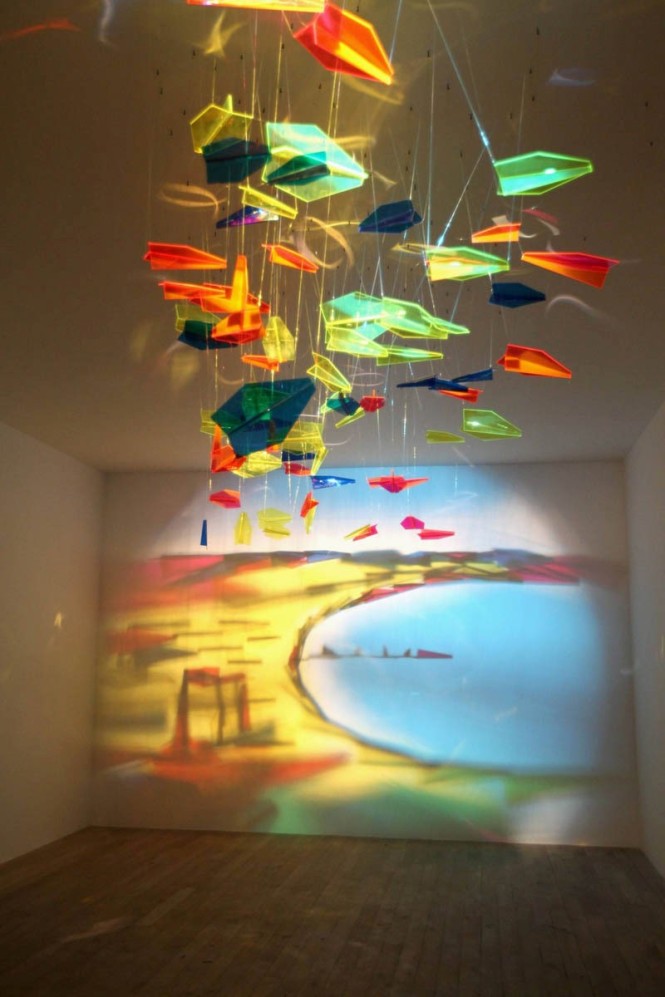
Image 1 – Alakbarov’s colourful shadow and light installations which inspire me
Azerbaijani artist Rashad Alakbarov makes monochrome back cityscapes in shadow, similar to my second year work, but made from everyday objects like light bulbs and pipes. I would like to explore how he makes buildings appear more equal/even, with none detracting or standing out more from the others. Alakbarov also uses transparent plastics like water bottles to create different layers and colours of shadow/light, which I would explore in my dissertation.
As Rural/urban, old/new and plant/building contrasts will be part of my research. The idea of returning to a pre-city era and a transition of natural plants and trees into a cityscape is an idea that also interests me.
Light and shadow can give extra emotion/depth to these ideas as well, and to tie plant-based work into my dissertation themes, I can look at Belgian artists Fred Eerdekens. A few of his pieces like ‘Tralala’ (1999) use plants with small cut-out shapes in their foliage to create words in shadow. Between angular corner shapes of city pieces (Alakbarov) and the smooth, gentle shapes of plants (Eerdekens), I can look at more puzzling and distorted shapes like the Sydney Opera House.

Image 2 – ‘Tralala’ 1999.
The materials these shadow artists use also inspire me, especially when they use everyday items (a link to the pop art theme) or rubbish. For example, Tim Noble and Sue Webster (Britain) work with turning trash or other mixed things into shadow art.
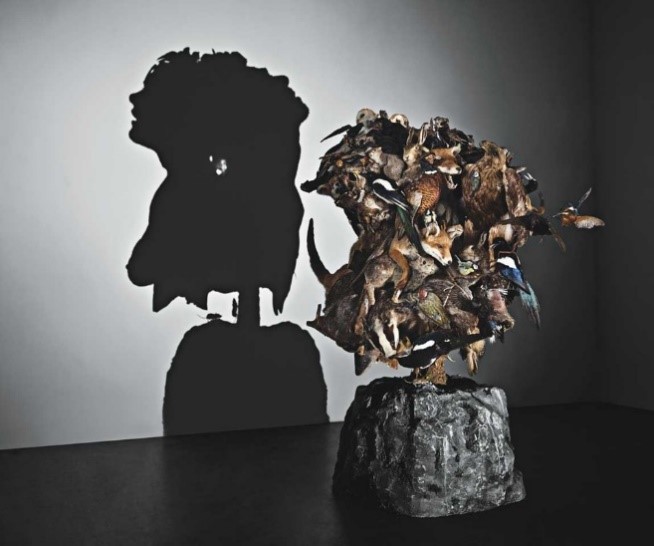
Image 3 – Two figures in shadow of taxidermied animals by Tim noble and Sue Webster.
The way Noble and Webster use light and shadow makes me want to explore this type of art. It is a new and contemporary kind of art, and the way they combine their ideas and explore different layouts of lights/sculptures in installations and can be compared to other artists. These sculptures are completely different from the shadows they create, which add depth and carry emotional messages for example, the idea of love between two people which is conveyed in the above piece.
Unlike a static painting, shadows can move, change and be tweaked. I think this allows the viewer to gain more from the actual viewing experience within the Gallery. Diet Wiegman [Netherlands] uses this by making small shadow art pieces which rotate to change the shape of the shadow.
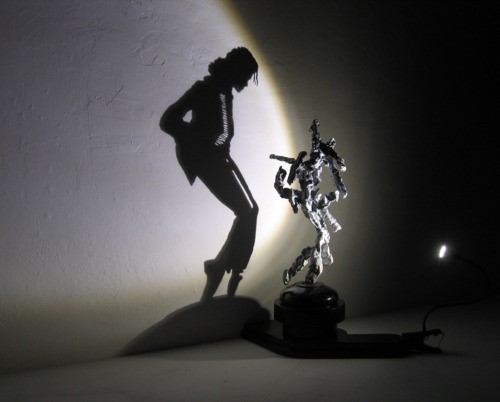
Image 4 – Shadow dancing 2008 by Diet Wiegman.
Here, he creates a more famous icon [Michael Jackson] rather than a general cityscape or portrait. The shadow moves and changes, forming a shape only for a second. You therefore have to be there to experience the shape being formed so evoking a feeling of anticipation and suspense before the message or inspiration Wiegman wants to convey arrives or is formed.
The effect of different lighting and colours on these pieces is inspiring, and seeing the way artists use all manner of materials and can produce any shape or form from them. Especially when recycled or found/rubbish items are turned into pieces of artwork, which relates to my last artwork ‘Future Enlightenment’ 2016, and architects dream desk, [below – Images 5 and 6]. Which was made from entirely recycled and found objects. [Metal, wood, plastic and concrete.]
The desk was not placed on a plinth but on a mirror under the foot of the desk, the mirror was used in order to show the artwork from below and to reflect the 6 push on and off Led lights I had placed underneath, which I attached by magnets to a metal plate underneath the desk. Under desk lighting shone down onto the floor, to create more shadows, and give it a space ship feel, almost futuristic style.
All the artworks I have discussed and included need a dark place to be exhibited in, and this makes them inflexible. They have to stay in one place, whether on the floor, walls or the ceiling, especially if they are dynamic shadow pieces like Wiegman’s. Being in one part of a room gives them a special space to move, rather than a static painting. Lighting is therefore crucial in this type of art, and combining paintings or images with light and shadow is another new area I am interested in.
For example, Kumi Yamashita (Japan) makes a variety of shadow art pieces using lights from above, below and side, with simple materials like single pieces of paper or small wooden numbers/letters.

Image 7 – Creased Japanese Paper, 2011.
Choosing and collecting everyday items like paper [Yamashita] and plastic rubbish items interests me, as these artists take things with no particular shape and use light and shadow to create new shapes.
I have started looking at conceptual art which is relevant to these examples of shadow art and installations. For example, ‘Post-minimalism’ from the 1960s relates to these works because it pushes the boundaries and moves away from the frame of a painting or more minimal artwork.[1] Carl Andre, Joseph Beuys and Robert Smithson used these ideas, removing boundaries to artwork and bringing things from the natural world outside into the gallery, similar to my interest in natural materials [Eerdekens] and rubbish [Alakbarov].[2]
The way artists explore art and modernity through mass-produced and identical shapes also interests me. For example, pop artists like Andy Warhol mass-produce images which both makes them more important but also makes them feel like a wallpaper/background.[3] The way Warhol’s images change every time they are reproduced is similar to the way different shadows can be made from one shape [like Wiegman’s dynamic shadow art]. Making this connection between everyday objects in pop art and shadows in modern artworks, I can expose the connections between everyday objects and their naturally changing shadows in everyday life.
Table of illustrations
Front cover image: My artwork, ‘Shadows of the Past’ [taken 16/3/16 at the Whole Caboodle Exhibition]
Image 1: Alakbarov’s colourful shadow and light installation.
http://twistedsifter.com/2012/01/shadow-art-by-rashad-alakbarov [Accessed 11/3/16, at 10.15am]
Image 2: ‘Tralala’ 1999. http://www.fred-eerdekens.be/?page_id=19
[Accessed 11/03/2016 at 10.31am]
Image 3: Two figures in shadow of taxidermied animals by Tim noble and Sue Webster.
http://developmentofspace.weebly.com/ [Accessed 11/3/16 at 10.58am]
Image 4: ‘Shadow dancing’ 2008 by Diet Wiegman, http://dietwiegman.tumblr.com/light%20sculptures [Accessed 11/3/16 at 11.05am]
Image 5: My artwork, ‘Future Enlightenment’ 2016, with lighting. [Taken 16/3/16 at the Whole Caboodle Exhibition]
Image 6: My Artwork ‘Future Enlightenment’ 2016, without lighting. [Taken 16/3/16 at the Whole Caboodle Exhibition]
Image 7: ‘Creased Japanese Paper’ 2011. http://twistedsifter.com/2012/05/mind-blowing-shadow-art-by-kumi-yamashita [Accessed 11/3/16 at 11.42am]
Bibliography
Primary Sources [eg. Exhibitions, contact artist directly, interviews]
Secondary Sources [eg. Books, Websites, Journals, Films.]
Books:
Dawtrey, Liz. Jackson, Toby. Masterton, Meecham Pam, Paul. And Wood, Paul. Investigating Modern Art.-Practises & Debates. America. Published by Yale University press 1996 common. Page 132.
Perry, Gill and Wood, Paul. Themes in Contemporary Art. America. Published by .Yale University Press 2004. Pages 11 and 13.
Tim Noble & Sue Webster
Metzger, Gustav. Savage, Jon. Obrist, Hans-Ulrich. Nihilistic Optimistic – Tim Noble & Sue Webster. London. Published by Blain/Southern 2012, on the occasion of the exhibition, 10th October – 24th November 2012
Putman, James. Adjaye, David & Elderton, Louisa. Tim Noble & Sue Webster – Turning the Seventh Corner. London. Published by Blain/Southern. 2011.
Yablonsky, Contributor Linda. Gioni, Massimiliano & Marta, Karen. Tim Noble & Sue Webster: 2000 words. Published by Kentro Synchronis. 2015
Noble, Tim. Ofili, Chris & Webster, Sue. Fractured Figure. Published by Deitch Projects. 2008.
Articles and other printed material e.g. Journals etc.
Film and videos:
Audio tapes:
Additional material e.g. websites etc.
Websites:
‘Shadow Art’, Twisted Sifter – Rashad Alakbarov. http://twistedsifter.com/2012/01/shadow-art-by-rashad-alakbarov [Accessed 11/3/16, at 10.15am]
‘‘Tralala’ (1999)’, Fred Eerdekens. http://www.fred-eerdekens.be/?page_id=19
[Accessed 11/03/2016 at 10.31am]
‘Taxidermied Animals’, Development of Space – Tim Noble and Sue Webster. http://developmentofspace.weebly.com/ [Accessed 11/3/16 at 10.58am]
‘Shadow dancing, 2008’, Diet Wiegman. http://dietwiegman.tumblr.com/light%20sculptures [Accessed 11/3/16 at 11.05am]
‘Creased Japanese Paper, 2011’, Twisted Sifter – Kumi Yamashita. http://twistedsifter.com/2012/05/mind-blowing-shadow-art-by-kumi-yamashita [Accessed 11/3/16 at 11.42am]
[1] p.11, Themes in Contemporary Art, eds. Gill Perry and Paul Wood
[2] P.13, Themes in Contemporary Art, eds. Gill Perry and Paul Wood
[3] p.132, Investigating Modern Art, eds. Dawtrey, Jackson, Masterton, Meecham and Wood



